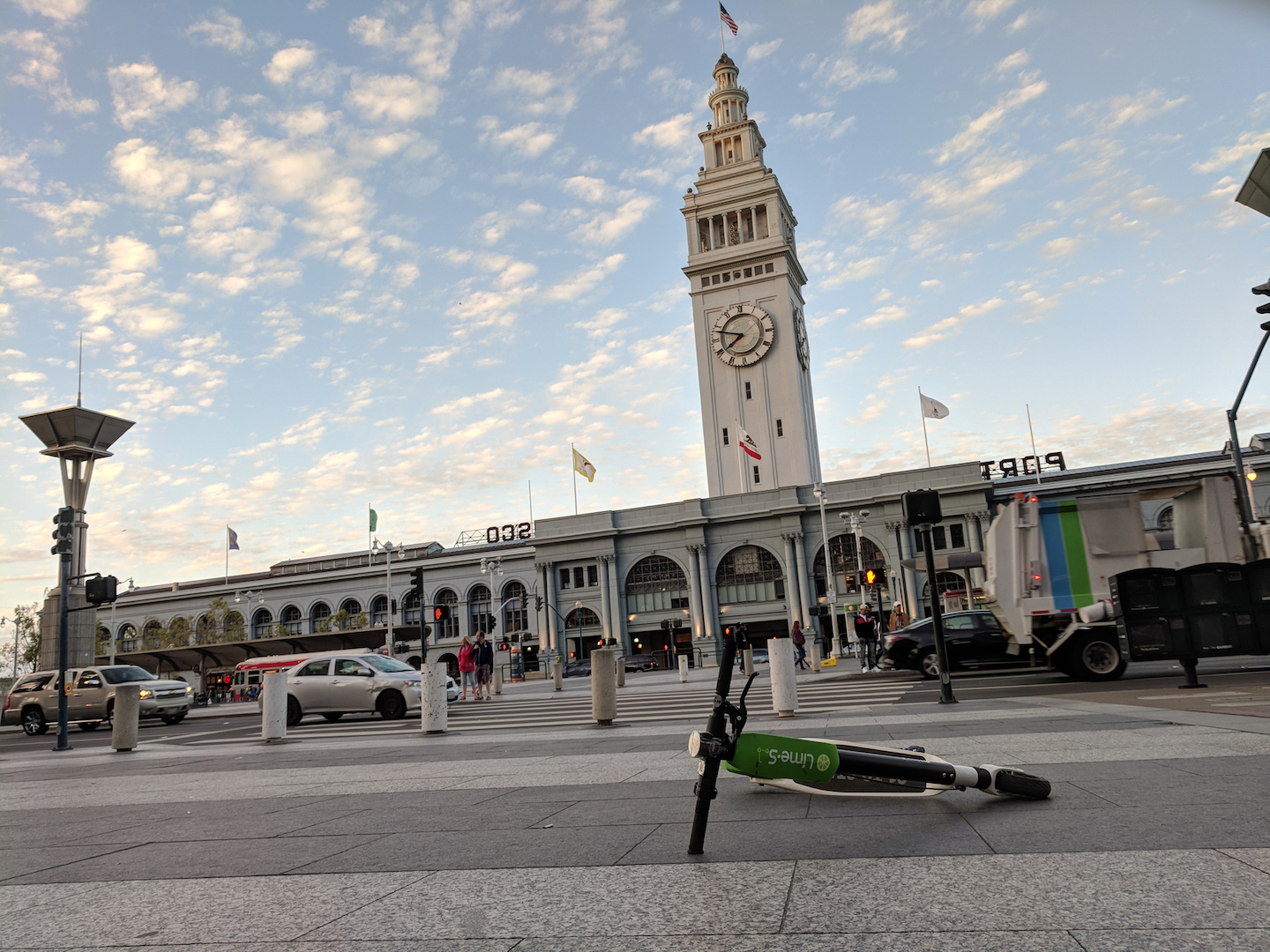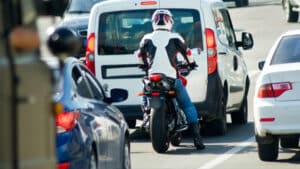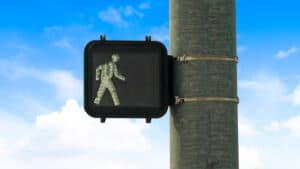
Today’s column continues where last week’s left off regarding legal responsibility for injuries caused by hazardously placed Bird, LimeBike and/or Spin electric scooters. Today, I will first discuss new legislation designed to reduce the risks these scooters present and next address responsibility for injuries caused when motorized scooters are driven on the sidewalk.
New technologies are frequently launched faster than the law can catch up and Bird, LimeBike, and Spin motorized scooters are no exception. In response to these companies’ attempts to skirt existing vehicle regulations, San Francisco City Attorney, Dennis Herrera, a longtime champion of city residents’ health and safety, issued a cease and desist order prohibiting the unfettered operation of these scooters. On April 24, 2018, the Board of Supervisors added Section 7.2.111, “Powered Scooter Share Parking Restrictions,” to the San Francisco Transportation Code by unanimous vote. The city ordinance is designed to dovetail with a bill heading through the State Legislature defining “Powered Scooter” under Division 11 of the California Transportation Code.
Section 7.2.111 makes it unlawful to park, leave standing, or leave unattended rented Powered Scooters on any sidewalk, street, or public right-of way without a permit issued by the San Francisco Municipal Transportation Agency (SFMTA). To obtain a permit, rental companies must provide user education, be insured, share trip data with the City, have a privacy policy that safeguards user information, offer a low-income plan, and submit a proposed service area plan for city approval. They must also submit a plan to address sidewalk riding and sidewalk parking.
Any unpermitted standing or unattended scooter is now deemed a public nuisance subject to abatement and removal pursuant to Article 26 of the Public Works Code, and the responsible enterprise is subject to fines and penalties to be established by SFMTA. The ordinance also amended Public Works Code Section 302 to include Powered Scooters among items illegal to leave or abandon on any public property without express written permission. Still further, the City Attorney is empowered to enforce the ordinance through injunctive relief (civil court orders to stop unlawful practices) and other civil proceedings. If a judge finds in the city’s favor, the city may collect reimbursement from responsible parties for all investigation, enforcement, and litigation costs, plus twice the City’s expense to abate the nuisance. This Ordinance has teeth.
On May 1, 2018, the SFMTA established a 12-month pilot program under which it will assess the regulations’ effectiveness through field observation, data collection, citations issued, complaints received, and other measures. During the pilot period, SFMTA will issue only 1500 scooter permits; if permitted operators meet requisite standards, SFMTA may increase the total permits to 2,500 in months 7 through 12.
As to legal responsibility for injuries caused by scooters driven on sidewalks, in addition to the state law discussed last week regulating ‘Electrically Motorized Board” under California Vehicle Code Section 313, San Francisco has enacted its own ordinances to keep up with ever-changing conflicts between people using sidewalks as pedestrians and those using some device or vehicle on the same surface.
Before motorized scooters arrived on the scene, San Francisco already had in place an ordinance regulating human propelled skateboards and scooters, “Non-motorized User-propelled Vehicles” (NUV’s) and another regulating Segways. San Francisco Municipal Transportation Code Section 7.2.13 makes it illegal to (1) ride NUVs on sidewalks within city business districts or (2) to ride NUVs on any sidewalk during the period commencing ½-hour after sunset until ½-hour before sunrise. The ordinance also made it illegal to operate an NUV in a reckless manner that endangers the safety of people or property. S.F. Transportation Code Section 7.2.11 precludes Segways from traveling on City sidewalks under any circumstance.
What these two ordinances should make clear is that San Francisco is concerned about protecting its pedestrians from being struck by individuals using devices that travel faster than, and are unexpected by, pedestrians using the sidewalks. This is good public policy. We can expect the city to amend or adopt similar ordinances to include motorized scooters in the near future.
In addition to all of the above, anyone who crashes into a pedestrian on the sidewalk, whether on an NUV, a Segway, or a motorized scooter, can always be sued in civil court under traditional negligence principles for the harms they cause to pedestrians. Car insurance does not provide coverage for injuries caused while driving scooters. My firm has handled several injury-producing cases involving similar vehicles.
Long story short, if you see a scooter blocking the sidewalk or you are injured by a scooter, moving or parked, you have rights. You should report any injury to the SFMTA and obtain the advice and counsel of a good trial lawyer to help you hold the drive and company responsible.










